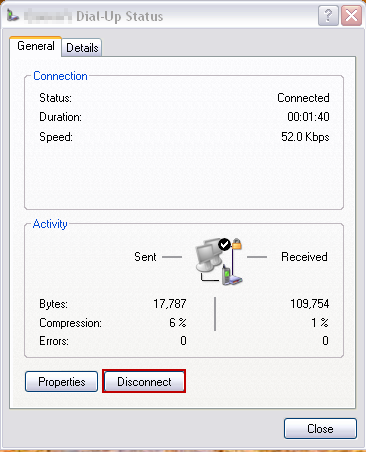I have this recurring problem at one client’s site. The setup is a small Windows 2003 Terminal Server environment, with remote POS terminals over the Internet – I don’t like this arrangement for the many single points of failure (a couple ADSL lines, a couple routers, a couple switches, a single server, etc.), but that’s beyond the scope of this post.
This client is happens to be running BBL, AKA WinPOS, AKA, WinBPS, over Terminal Server. I have no comment on the software itself, it’s the arrangement of using it over Terminal Server over the Internet that makes me nervous – no, I had no input into this setup.
A further complication, is that the printers that the software uses, Zebra, label/ticket printers, have poor drivers that I don’t believe to be TS compatible. They sometimes get stuck when the remote session is closed. This eventually screws up the Windows spooler service.
When this system stops working, new Remote Desktop sessions fail to start properly. After logging into the server, I will check the processor usage in Task Manager. If the spoolsvc.exe process is using a lot of processor time, this is what I do:
N.B. Follow at Your Own Risk.
Stop the spooler service (no one will be able to print, but they probably can’t already):
net stop spooler
Open RegEdit.exe and browse to this part of the registry:
HKLM\SYSTEM\CURRENTCONTROLSET\CONTROL\PRINT\PRINTERS\
At times, I’ll find dozens of stale Terminal Server printers listed.
Export the registry keys first, to make a backup, just in case.
Then delete the Terminal Server printers from that same part of the registery, do NOT delete the local printers. These are the ones with the “…on MyComputer … in session…” within the printer name.
Deleting these has worked for this particular server several times to resolve the CPU hogging spooler service (spoolsv.exe)… but sometimes they can’t be deleted in RegEdit.
Grab a copy of RegDelNull by Systernals, it’s free as in beer.
Use RegDelNull.exe to remove some of the entries that would not delete manually – I’m looking at you Mr. Zebra Printer Driver.
Here’s what that looks like (anonymized, of course):
C:\Installs>regdelnull HKLM\System\CurrentControlSet\Control\Print\Printers -s
Note: In a recurrence of this problem, I had to run RegDelNull one step higher in the registry, I’m not sure why – i.e. HKLM\System\CurrentControlSet\Control\Print
RegDelNull v1.10 - Delete Registry keys with embedded Nulls Copyright (C) 2005 Mark Russinovich Sysinternals - www.sysinternals.com Null-embedded key (Nulls are replaced by '*'): HKLM\SYSTEM\CURRENTCONTROLSET\CONTROL\PRINT\PRINTERS\Zebra101 _ on MyComputer(from MyComputer2) in session 3\PrinterDriverData\Barcodes\(0x1701)*de 93
You get a prompt to fix the Null. Say “Yes”.
Then go back up a few steps and delete the problematic printer from RegEdit. With the null value gone, you can delete it.
Then restart the spooler service.
net start spooler
If this works, the spooler will start, it won’t use a suspicious amount of processor cycles, and the RDP connections will start working immediately – no reboots required.
Then go and find updated drivers.
I’d be glad to hear about a better solution… please comment below.
